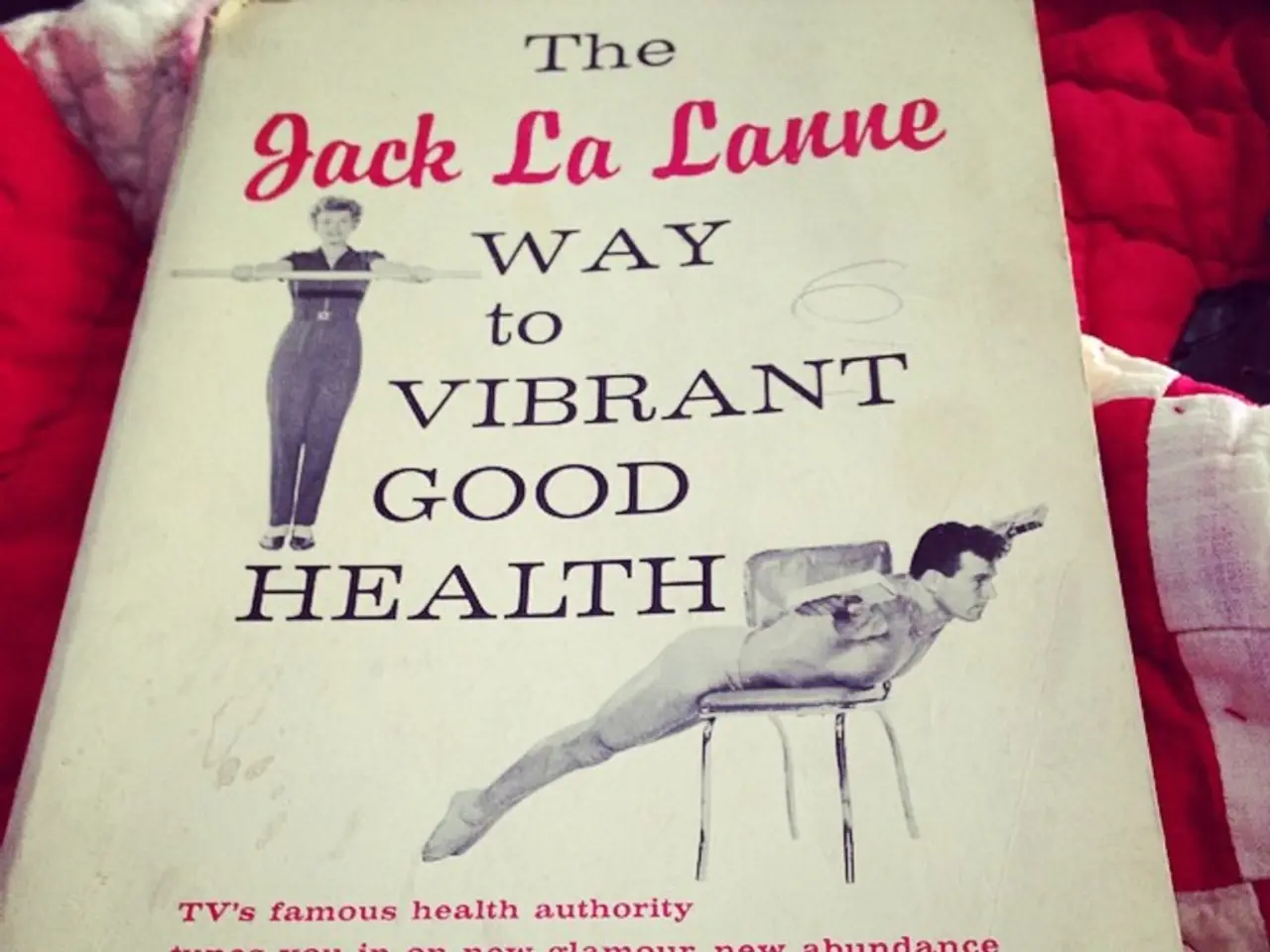Secure Wrapping: Prioritizing Infant Comfort and Security
================================================================
In the world of new parenthood, finding ways to comfort and soothe a baby is essential. One popular technique is swaddling, a method that provides a cozy and secure environment for infants to sleep in. Here's a guide to safe swaddling practices that ensure both comfort and safety for your little one.
The art of swaddling allows a baby to have some freedom of movement while still benefiting from the sense of security swaddling provides. It is important to remember that attending to the baby's needs beyond swaddling, such as feeding and changing, is crucial.
When swaddling, use techniques that provide a snug fit without being overly tight. This snugness can be achieved by using a lightweight and breathable fabric, leaving room for natural leg movement, and securing the swaddle properly. Some babies prefer having their arms swaddled while others may prefer having them free. Swaddling with arms out is a viable option for babies who resist having their arms restricted.
The best safe swaddling techniques involve using a lightweight blanket to snugly wrap your baby with arms mostly secured but hips free to move, ensuring the baby can still bend their hips up and outwards to avoid hip dysplasia. The "Happiest Baby on the Block" method is a popular choice, which includes folding a swaddling blanket into a diamond shape, placing the baby on their back with the neck on the fold, then wrapping one arm snugly while leaving the other arm free or partially free, and securing the fabric with tucks around the baby—always making sure the baby is wrapped firmly but not too tightly, especially around the chest and hips.
Key safety points include swaddling the baby on their back, ensuring the hips can move freely (not tightly pressed together) to prevent hip dysplasia, leaving access to the baby’s hands, if possible, allowing natural self-soothing like hand sucking, which is important for comfort and calming, avoiding overheating by using lightweight, breathable fabrics and avoiding over-bundling, and stopping swaddling as soon as your baby begins to show signs of rolling over (typically 2-4 months) due to the increased risk of SIDS when swaddled babies roll onto their stomachs.
Alternatives to traditional swaddling include swaddling with one or both arms out, or transitioning to a snug but arms-free sleep sack, which keeps the baby cozy without restricting arm movement or increasing suffocation risk. Using skin-to-skin contact and placing a light blanket over the back for warmth can also be safer soothing methods.
In summary, safe swaddling means a snug but not overly tight wrap, hips free to move, and monitoring developmental milestones to stop swaddling timely. Using breathable fabric and allowing some hand movement enhances comfort and safety. Experiment with different swaddling techniques and observe what makes the baby most comfortable. Pay attention to the baby's cues and adjust the swaddle according to their preferences.
Remember, swaddling does not guarantee that the baby will never cry or experience discomfort. Babies may still cry due to hunger, dirty diapers, or other factors unrelated to being swaddled. Gently rocking or bouncing the baby can help them relax and fall asleep. Some cribs are equipped with the ability to swing or vibrate, which can simulate the sensation of being rocked or held.
By following these guidelines, you can ensure a safe and comfortable environment for your baby, promoting better sleep and overall wellbeing. Always consult a pediatrician or a baby care specialist for guidance and demonstration on proper swaddling techniques.
- Swaddling is an important behavior for new parents to understand as it helps to provide comfort and security for their baby.
- Education about safe swaddling techniques is crucial to ensure the safety and health of your baby while swaddling.
- Families should remember to change and feed their baby beyond swaddling for the baby's overall well-being.
- Health-and-wellness experts suggest following key safety points, such as swaddling the baby on their back, leaving their hips free to move, and avoiding overheating, for a safe swaddling experience.
- Parenting also involves experimenting with different swaddling techniques and observing what makes the baby most comfortable to meet their individual needs.
- Science indicates that alternative methods like using sleep sacks or skin-to-skin contact can also be effective for comforting and soothing kids.




